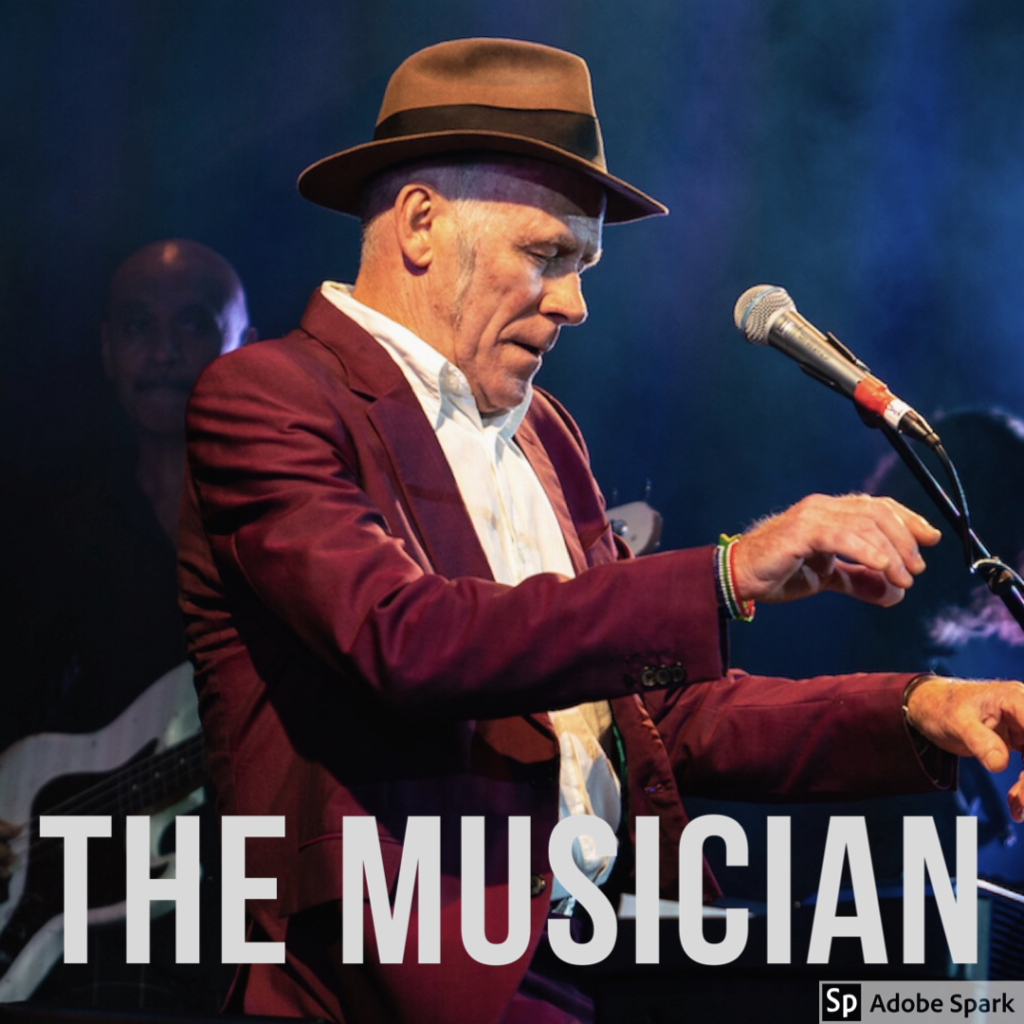
“Down in the Dominican Republic, my Dad owned a trucking business. It was a thrill to be sitting in that sideseat with my Dad driving. He painted my name ‘LUIS’ and my older sister’s name ‘NELLY’ in big black and red letters on the hood of his trucks, so when we’d come rolling into town, everyone would know, ‘They’re here!’ He was a great driver and he was great with people. I’ve been driving for the MTA, 21 years. 6am to 4pm, different routes, different days. Driving in New York City, it’s like a perfect day. I open up that door, and it’s like the world comes to me. I love my passengers. I want to give them the best ride, the best time, the best view of the city while I get them to where they’re going. That ride, that’s my gift to them. Wherever they’re from, they can take that home with them from New York City. I tell my kids, you gotta love what you do.”
My husband Josh (who used to walk our daughter, Roxie, to the M11 bus) said there’s never been a better way to start a day than to laugh out loud at the bus stop with the life-loving Luis. Now you can find Luis Jimenez on the M3 and @luis_big_20 on IG. Luis has another big talent-dancing like you would not believe. We’ll save that story for another post.
Find Your Road is a NEW SERIES we’re excited to share with you, based on our upcoming book. The book is filled with stories and strategies on how to find work you love that pays the bills. Visit us @Camille_Sweeney on IG to see more and share with the community there (in the comments) how you found your road.








